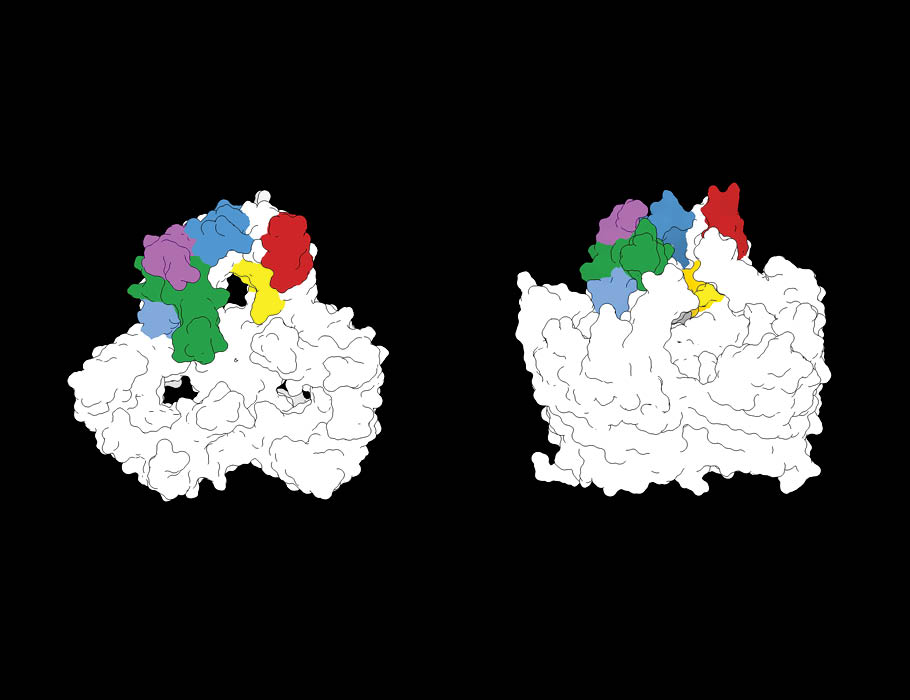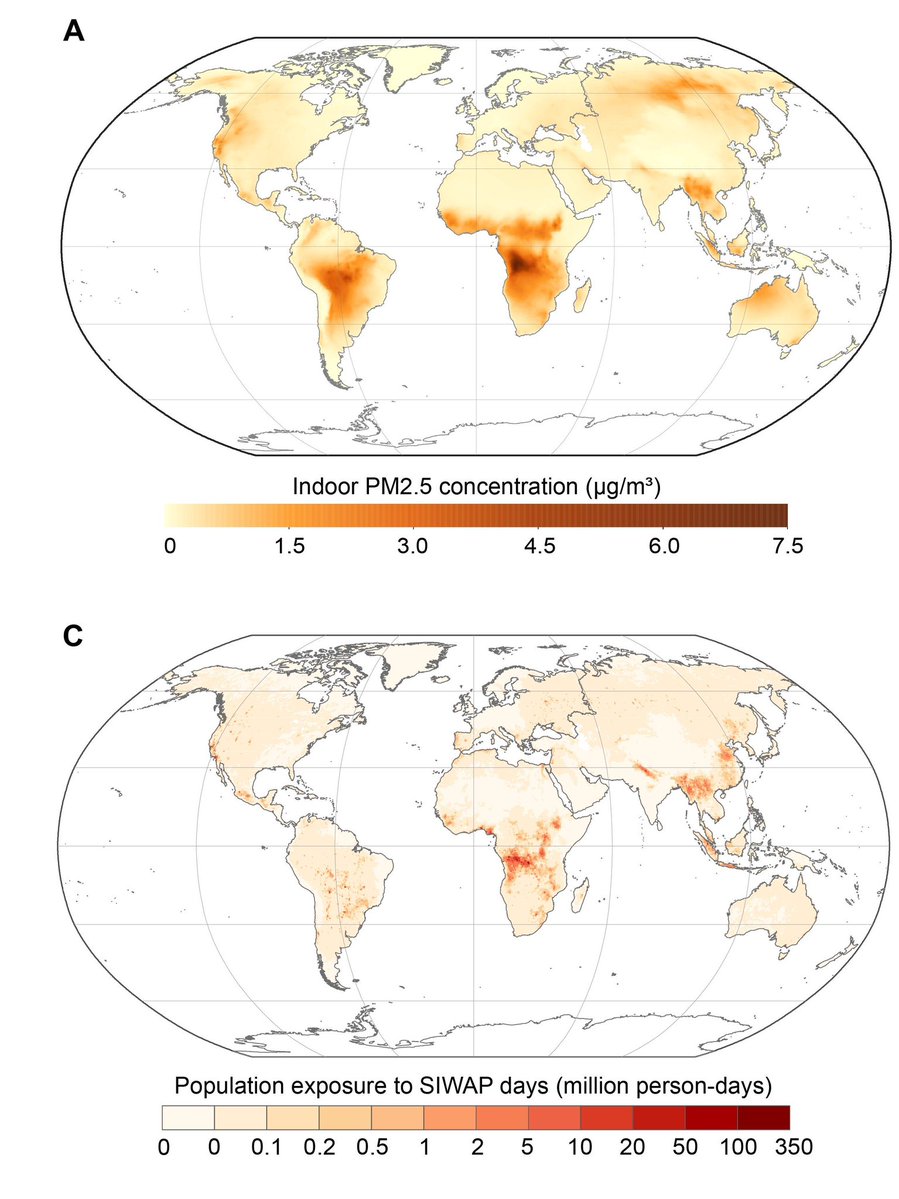
Science Magazine
@sciencemagazine
The world's leading outlet for cutting-edge research in all areas of science. Follow @NewsfromScience for stories from our news team.
ID: 32372834
https://www.science.org/ 17-04-2009 11:37:12
43,43K Tweet
4,4M Followers
463 Following

Why do mengingococcus vaccines partially protect against gonorrhea? In a new Science Translational Medicine study, researchers identify antigens responsible for cross-protection and identify cross-reactive antibodies that can shield mice from gonococcus infection. scim.ag/43sHZA1






I could stare at this view of the sun all day (and luckily, it won't burn my corneas). That and more of the best from Science Magazine and science in this edition of #ScienceAdviser: science.org/content/articl…


Biomineralization—not fossilization—helped maniraptoran dinosaur eggs form unique secondary structures. scim.ag/43ZLgHF Science Advances







From 2003 to 2022, more than a billion people worldwide experienced significant indoor exposure to wildfire-based fine particulate matter at least one day per year, new Science Advances research estimates. scim.ag/44Ej1A3




![Science Magazine (@sciencemagazine) on Twitter photo "With rapid advancements in science and technology and the rise of biological weapons disinformation, improvements of the [Biological Weapons] Convention are urgently needed," writes Sonia Ben Ouagrham-Gormley in a new #ScienceEditorial. scim.ag/4dvIPAE "With rapid advancements in science and technology and the rise of biological weapons disinformation, improvements of the [Biological Weapons] Convention are urgently needed," writes Sonia Ben Ouagrham-Gormley in a new #ScienceEditorial. scim.ag/4dvIPAE](https://pbs.twimg.com/media/GsL9UyTWAAEtuHz.jpg)





